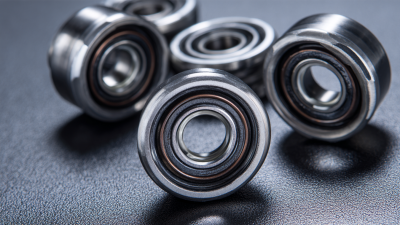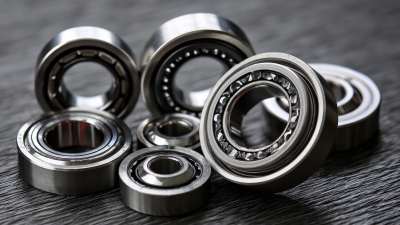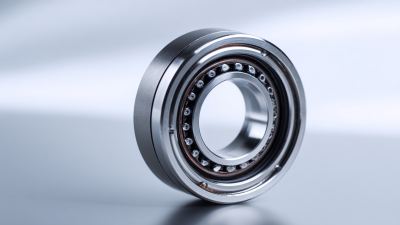In the realm of modern engineering applications, groove ball bearings have emerged as a pivotal component, offering unparalleled efficiency and reliability. As reported by the Bearings Market Research Report, the global market for ball bearings is projected to reach USD 92.7 billion by 2025, with groove ball bearings accounting for a significant share due to their versatile applications across various industries—including automotive, aerospace, and manufacturing. These bearings are engineered to provide enhanced load-carrying capacity while minimizing friction, leading to improved performance and longevity of machines and equipment. Furthermore, advancements in material technology and manufacturing processes have optimized the design of groove ball bearings, enabling them to withstand higher speeds and loads, thus driving their adoption in high-performance applications. As industries strive to enhance operational efficiency and reduce maintenance costs, the advantages of groove ball bearings become increasingly vital in meeting these demands.

Groove ball bearings are pivotal components in modern engineering applications, characterized by their ability to reduce friction and support radial and axial loads. Their design features a smooth groove that accommodates the balls, enabling efficient rotation and delivering operational reliability. According to a report by the International Journal of Engineering Research and Applications, the utilization of groove ball bearings can enhance machinery efficiency by approximately 30%, significantly reducing energy consumption in facilities and production lines.
In heavy industries, the robust nature of groove ball bearings allows them to withstand high loads and harsh environments. A technical study published by the Journal of Mechanical Science and Technology highlights that these bearings can operate effectively in temperatures ranging from -40°C to 120°C. This adaptability is crucial for sectors such as automotive and manufacturing, where equipment is often subjected to extreme conditions. Furthermore, data from the Global Bearing Market Report indicate that the demand for groove ball bearings is expected to grow at a CAGR of 5.3% from 2021 to 2026, underscoring their essential role in driving innovation and efficiency in engineering applications.
Groove ball bearings have become an integral component in modern engineering due to their unique design and superior performance characteristics. One of the key advantages of groove ball bearings is their ability to accommodate both radial and axial loads, making them extremely versatile for various applications. According to a recent market report by Credence Research, the global ball bearings market is expected to grow by 5.2% annually, highlighting the increasing reliance on these components in industries ranging from automotive to manufacturing.
Another benefit is the reduced friction generated during operation, which leads to enhanced energy efficiency. A study published in the Journal of Mechanical Engineering found that employing groove ball bearings can decrease energy consumption by as much as 30%, thereby lowering operational costs and minimizing environmental impact. This is particularly crucial in applications requiring high-speed precision, such as robotics and aerospace technologies.
**Tip:** When selecting groove ball bearings, always consider the load capacity and speed ratings specified by the manufacturer to ensure optimal performance in your application. Proper lubrication is also essential, as it can significantly extend the lifespan of bearings and improve overall efficiency.
Groove ball bearings are increasingly becoming a vital component in various engineering applications across numerous industries, thanks to their reliable performance and versatility. The global bearing market is projected to reach a value of $46.82 billion by 2024, highlighting the significant demand for components like groove ball bearings. By 2032, the market is expected to grow to $97.10 billion, showcasing a lucrative opportunity for businesses to invest in high-quality bearing solutions.
In sectors ranging from automotive to manufacturing, groove ball bearings facilitate smoother motion and reduce friction, which directly translates into enhanced operational efficiency. With the global ball bearing market estimated to increase from $7.26 billion in 2025 to $12.15 billion by 2032, a compound annual growth rate (CAGR) of 7.6% emphasizes the rising adoption of these components in modern engineering practices.
**Tips**: When selecting groove ball bearings, consider the operational environment, load requirements, and speed to ensure optimal performance. Regular maintenance can extend the lifespan of these bearings, providing better value in the long run. Additionally, staying informed about industry trends and technological advancements can help businesses make strategic sourcing decisions.
Groove ball bearings, renowned for their simplicity and reliability, offer distinct advantages when compared to other bearing types such as roller bearings and sleeve bearings. One of the primary benefits of groove ball bearings is their ability to accommodate both radial and axial loads, making them versatile for varied engineering applications. This characteristic enables groove ball bearings to maintain operational efficiency even in dynamic environments, where directional forces frequently change. Additionally, their low friction design leads to reduced energy consumption and enhanced lifespan, making them a cost-effective choice for many manufacturers.
In contrast, roller bearings, while capable of carrying heavier loads, can introduce complexities due to their larger size and weight. They are often less appropriate for applications requiring compact and lightweight solutions. On the other hand, sleeve bearings may excel in certain scenarios, particularly in high-speed applications, but they generally lack the load capacity and durability provided by groove ball bearings. Overall, groove ball bearings stand out for their adaptability and performance in diverse conditions, carving a niche that balances efficiency, maintenance, and operational comfort in modern engineering.
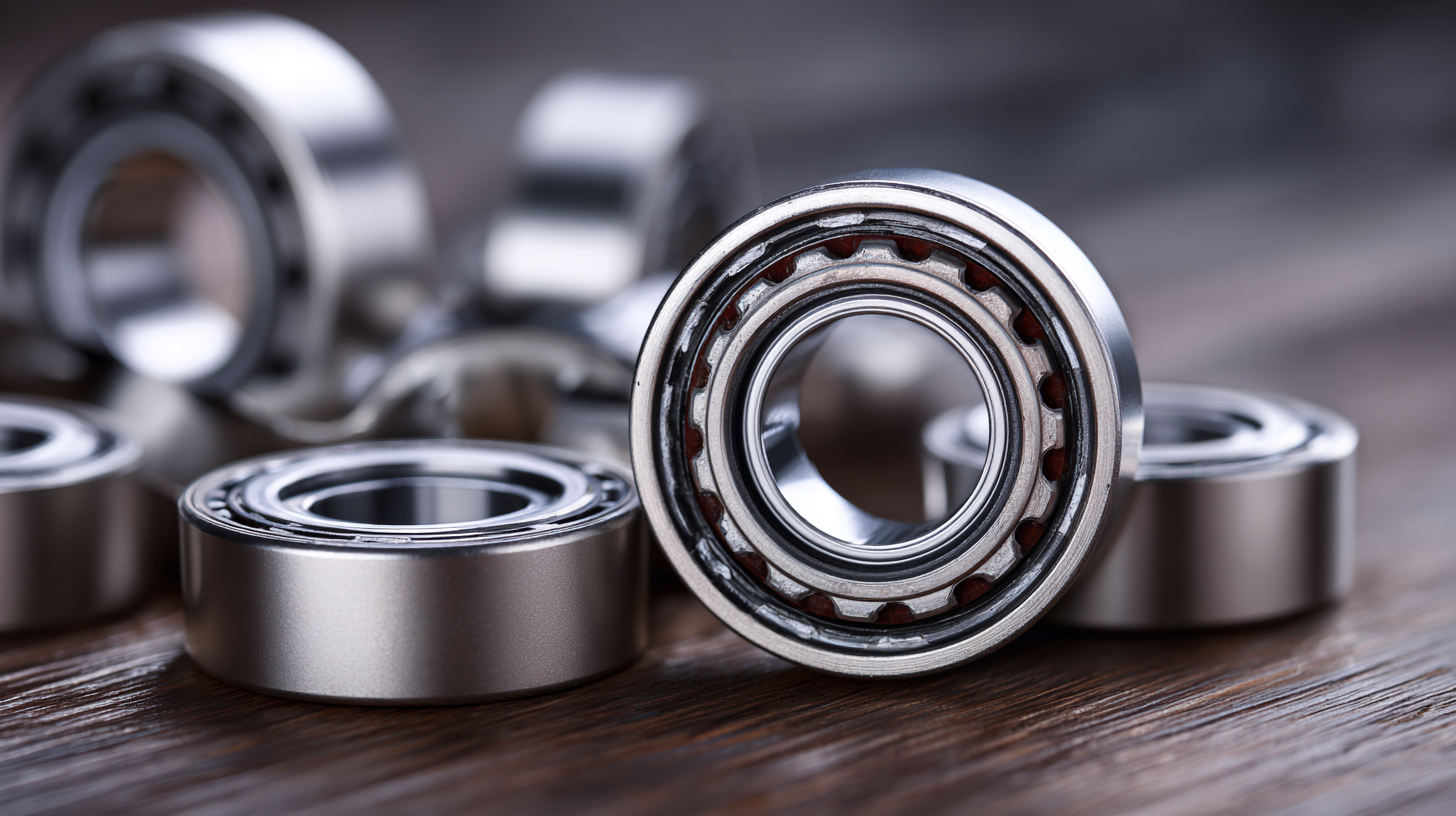
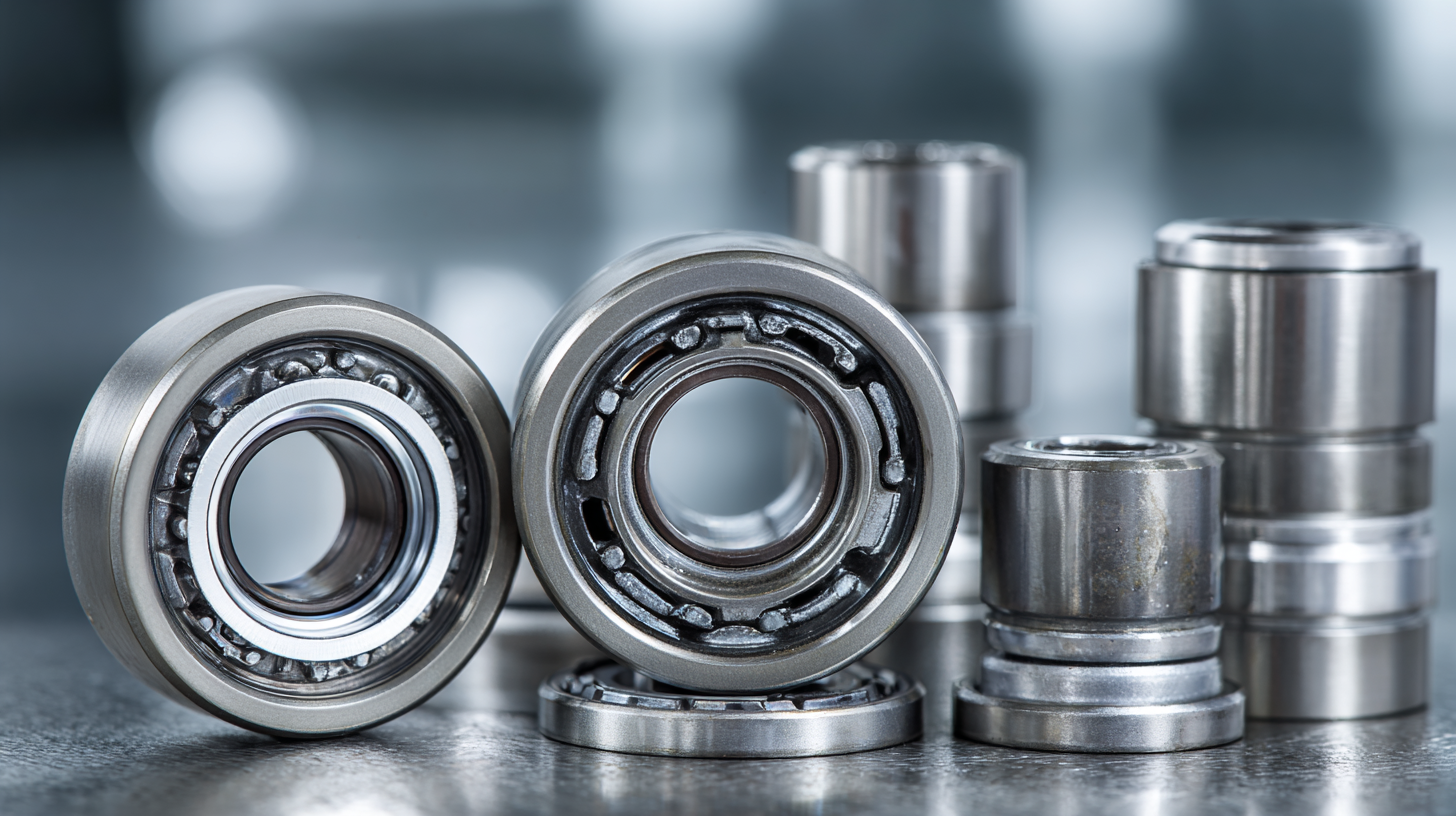 As we dive into the future trends of groove ball bearing technology and design, it's essential to recognize their pivotal role in modern engineering applications. The global bearing market is projected to reach a staggering $971 billion by 2032, reflecting the growing demand for efficient and reliable bearing solutions. Innovations in groove ball bearings play a critical part in enhancing performance across various sectors, including robotics and automotive industries, where precision and durability are paramount.
As we dive into the future trends of groove ball bearing technology and design, it's essential to recognize their pivotal role in modern engineering applications. The global bearing market is projected to reach a staggering $971 billion by 2032, reflecting the growing demand for efficient and reliable bearing solutions. Innovations in groove ball bearings play a critical part in enhancing performance across various sectors, including robotics and automotive industries, where precision and durability are paramount.
Tips: When selecting groove ball bearings for specific applications, consider factors like load capacity, speed rating, and material choice. Furthermore, keep an eye on emerging technologies in bearing design, such as advanced lubrication systems and self-aligning capabilities that can further optimize performance.
The integration of smart technologies into groove ball bearing systems is another trend to watch. With the rise of IoT (Internet of Things), bearings equipped with sensors can provide real-time data on their condition and performance, allowing for predictive maintenance and reduced downtime. Embracing these advancements not only streamlines operations but also contributes to the sustainability goals of modern engineering practices.

